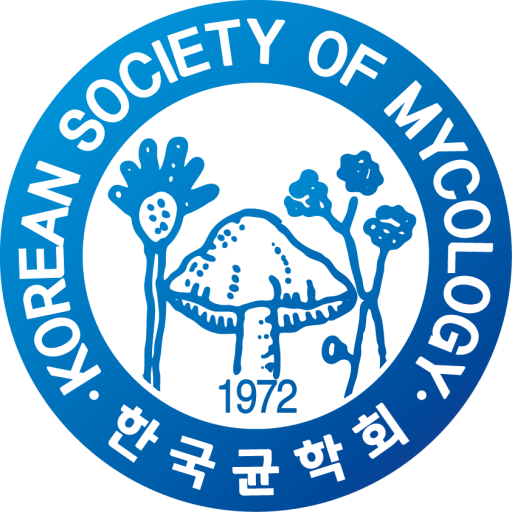Pepper anthracnose, caused by Colletotrichum scovillei, relies on appressorium-mediated penetration to infect host tissues. Seeking eco-friendly disease management strategies, we evaluated the efficacy of Streptomyces murinus JS029 as a biocontrol agent. JS029 culture filtrates, prepared from ISP4 medium, significantly reduced anthracnose development-achieving 69.3% control on pepper seedlings, 100% suppression on detached fruits, and 82.6% efficacy in field trials. Mechanistic studies revealed that JS029 impaired appressorium differentiation and melanin accumulation in C. scovillei, while simultaneously priming host immunity. qRT-PCR showed upregulation of defense-associated genes (CaPR1, CaPR2, CaPR5, CaMAPK4, CaERF53) in treated plants. Collectively, these findings indicate that S. murinus JS029 suppresses pepper anthracnose via dual mechanisms of pathogen inhibition and host resistance activation, highlighting its potential as a sustainable alternative to chemical fungicides. [This work was supported by the “Biological resources research department for microorganism resources utilization division” National Institute of Biological Resources, Incheon, Korea.]

 English
English